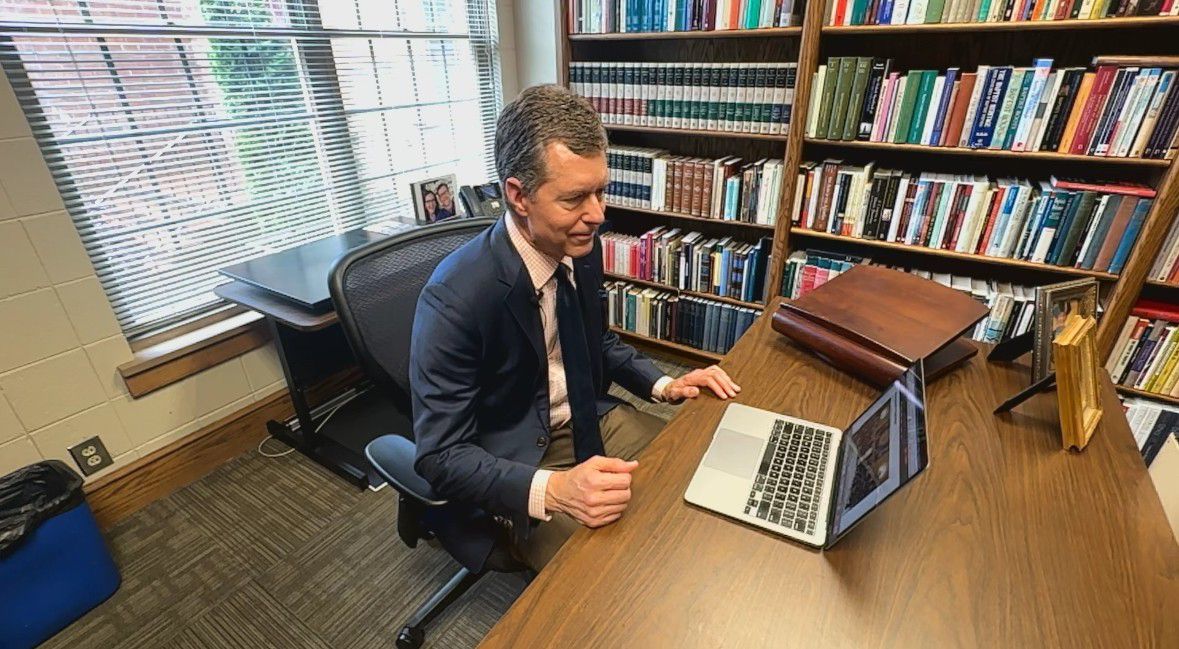Breaking: Papal Diplomacy Bridges Christian Divides, Scholar Reveals

In a remarkable moment of interfaith dialogue, Steven Harmon, a prominent Baptist scholar, found himself in the historic halls of the Vatican, sharing a meaningful encounter with Pope Francis. The meeting took place during a groundbreaking Baptist-Catholic gathering in Rome, symbolizing a powerful bridge between two traditionally distinct Christian traditions.
Harmon, known for his work in ecumenical relations, participated in a unique dialogue that highlighted the potential for understanding and mutual respect between different Christian denominations. The encounter with Pope Francis represented more than just a diplomatic meeting; it was a testament to the growing spirit of cooperation and shared faith that transcends historical divisions.
The Rome gathering brought together religious leaders and scholars from both the Baptist and Catholic traditions, creating a rare opportunity for open conversation and mutual understanding. Harmon's presence and interaction with the Pope underscored the importance of interfaith dialogue in today's complex religious landscape.
This extraordinary meeting serves as a powerful reminder that despite theological differences, there remains a fundamental common ground of faith, compassion, and shared human experience that can unite religious communities.
